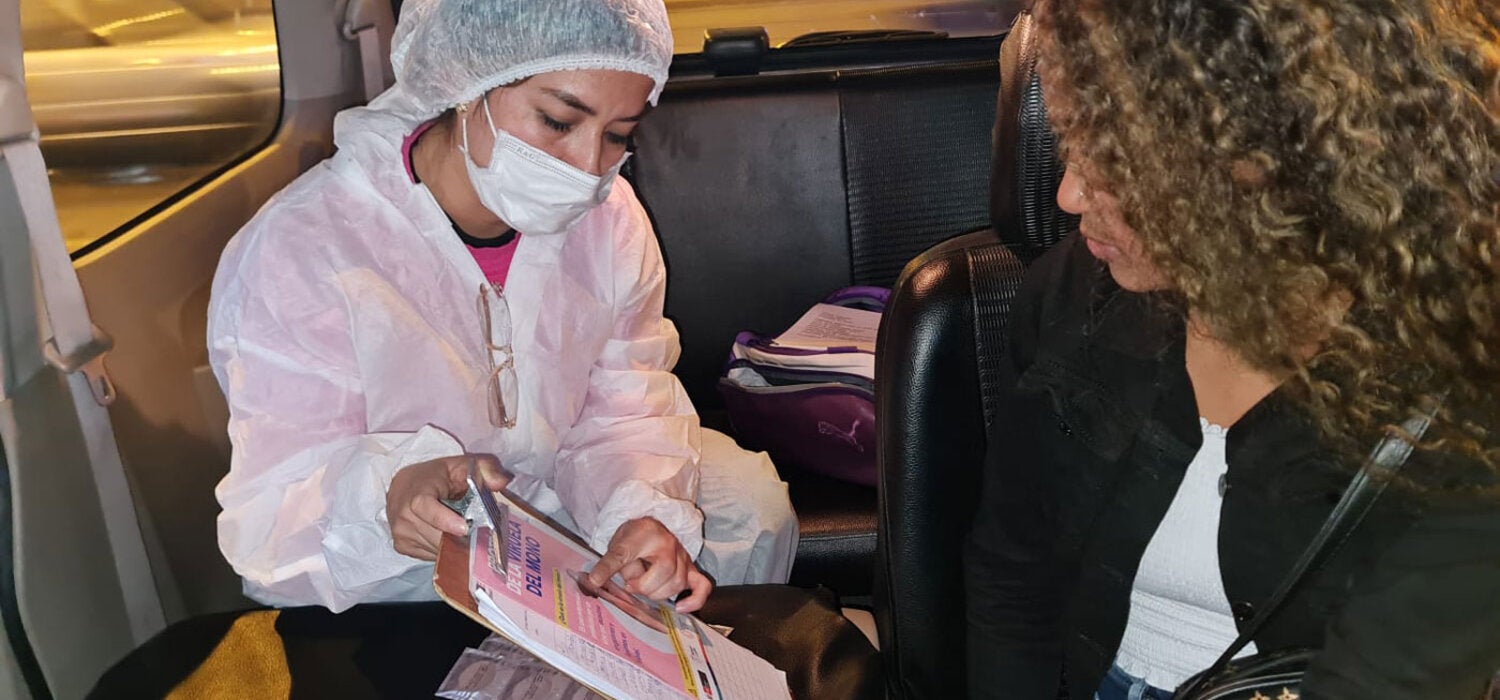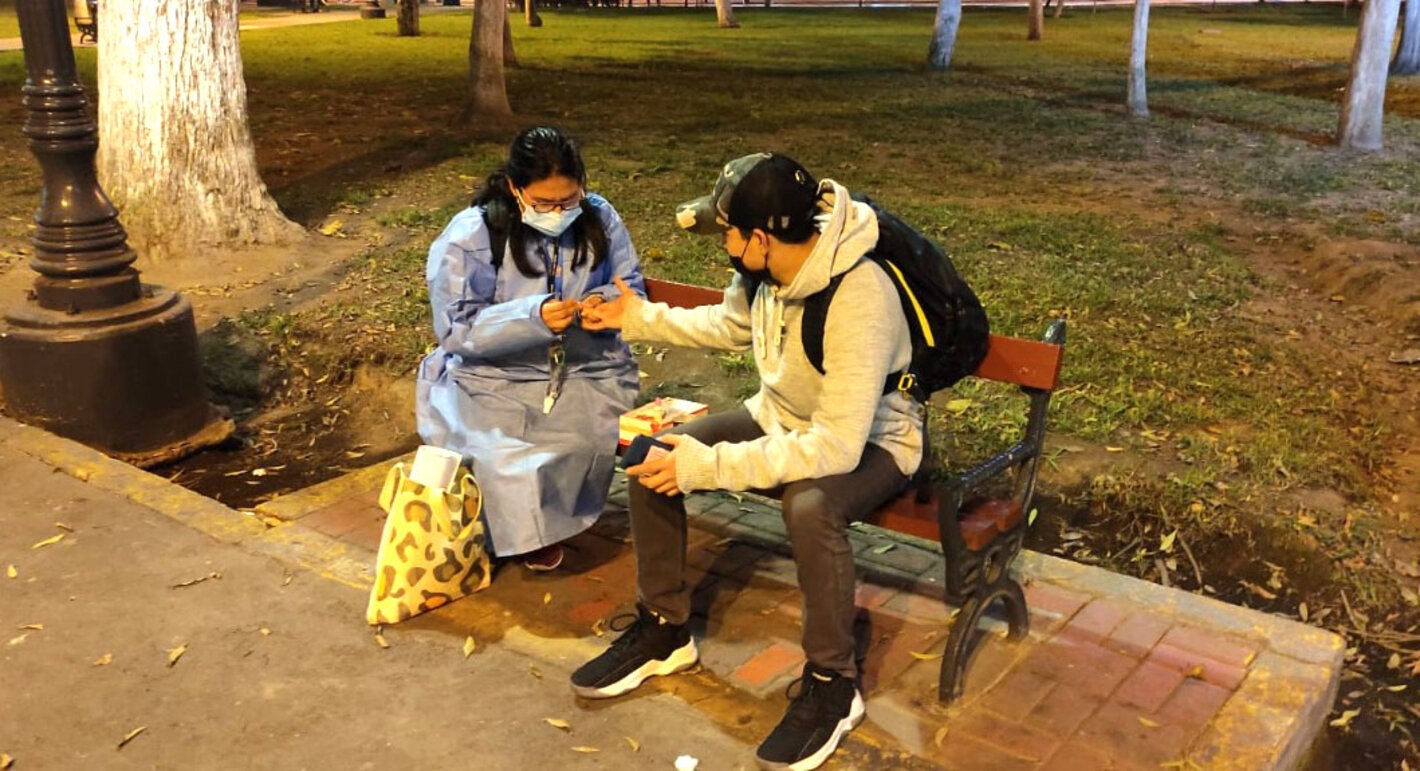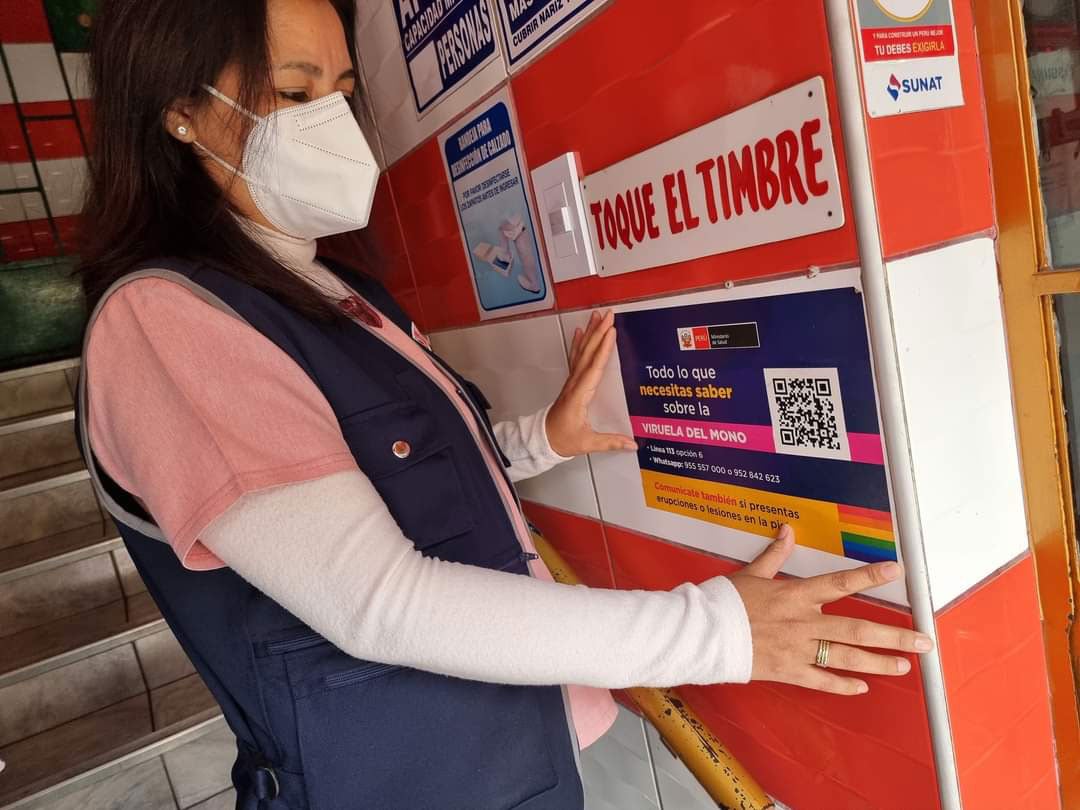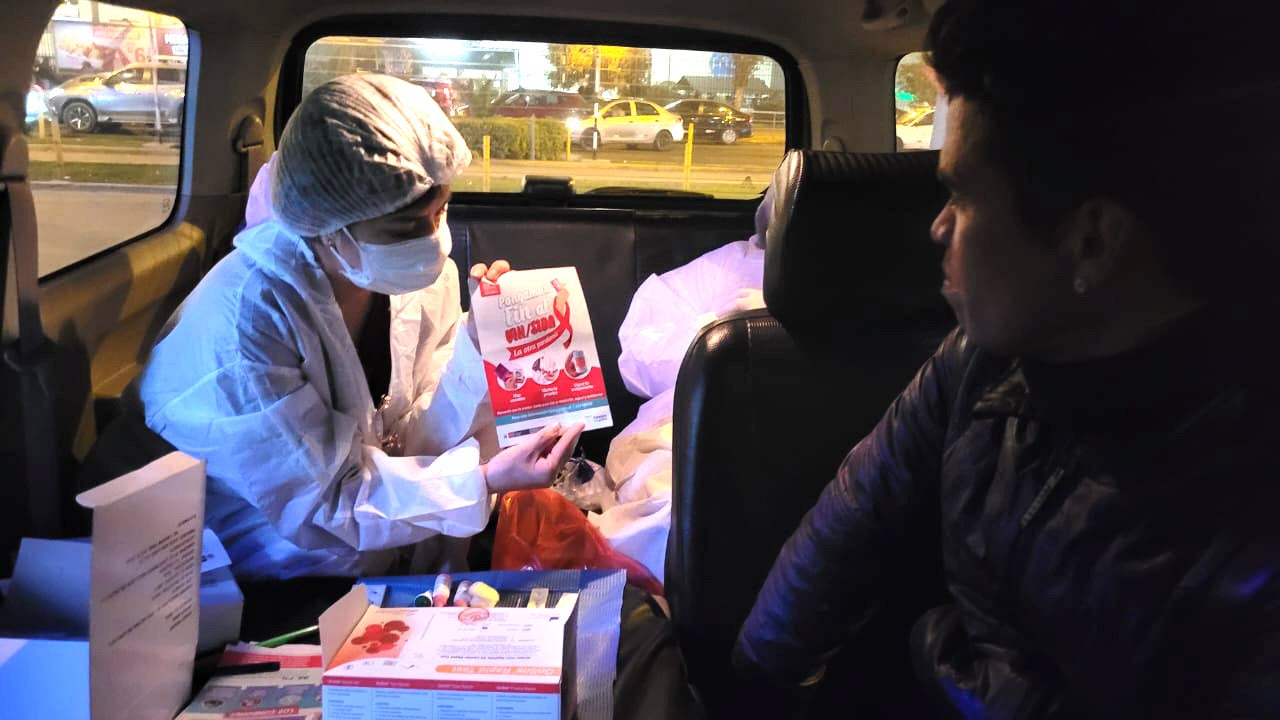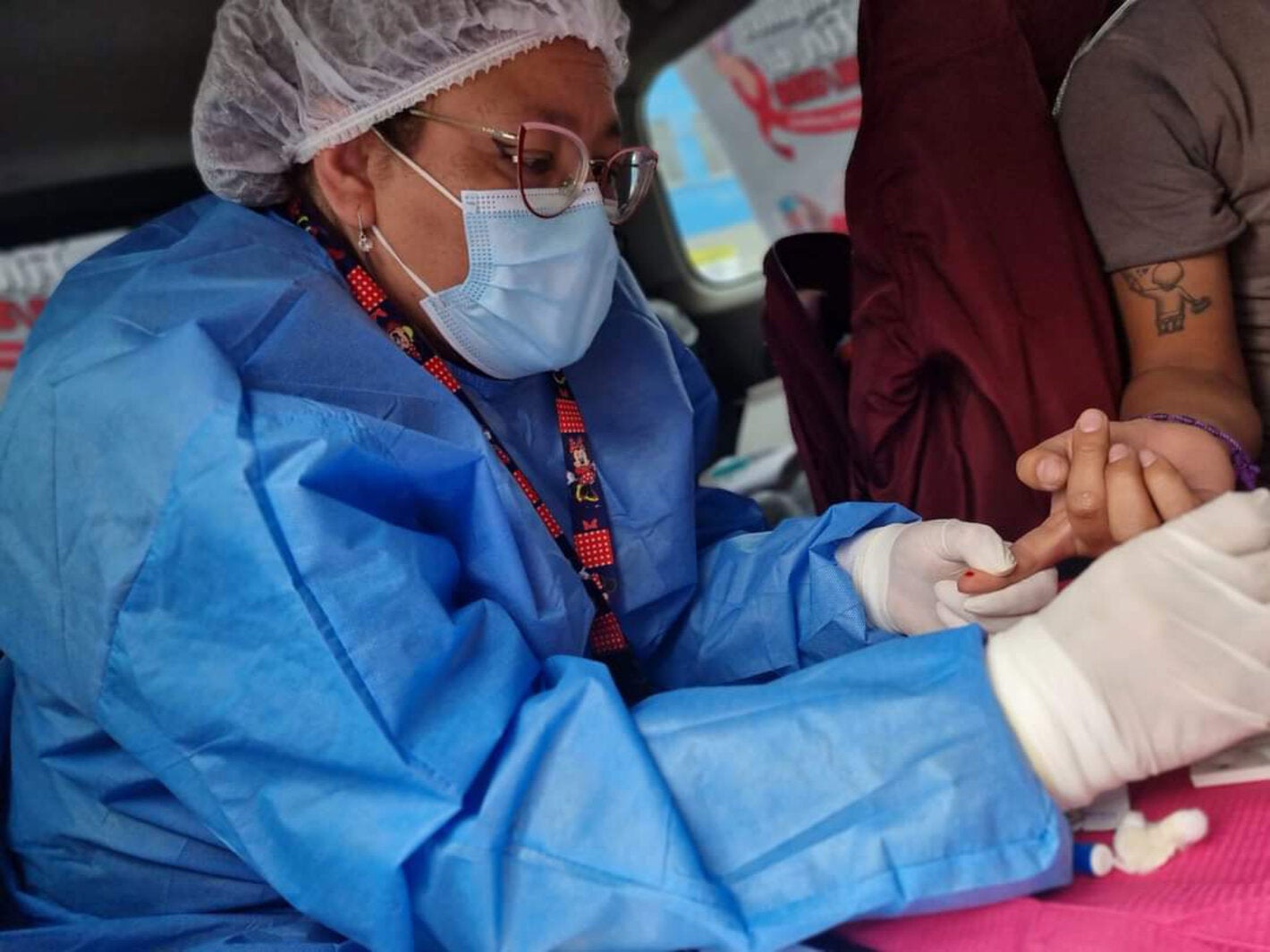Hand in hand with the community, without stigmatizing anyone
Representatives of the LGBTQ+ community and people living with HIV in Peru have been actively involved in creating key messages about monkeypox and proposing ways to communicate them. Authorities have also involved owners of nightclubs, bars, and saunas, and encouraged them to put up information posters on their premises.
Julio César Cruz of PROSA, a program that supports self-help among people living with HIV, said the creation of a working group on monkeypox has enabled a preventive approach to information management. The working group was convened by UNAIDS to bring together health authorities and community organizations.
"At the beginning, the content was somewhat biased, since it reinforced stigma towards people with HIV and men who have sex with men. But since the working group was formed, there has been great willingness to analyze and reflect on each aspect of the content that should be produced," he said.
Cruz is convinced that the communications produced by institutions and community organizations are having better results as a result of this. "The working group has helped to reduce stigma and discrimination towards these communities and also issue alerts, but with specific, appropriate language and messages," he said.
Mobile teams take information to streets, bars, and nightclubs
Urban mobile brigades have been another key element of Peru's monkeypox response. After mapping the places where the community socializes, the intervention teams – made up of health personnel and peer educators – took information on how to prevent infection to the saunas, bars, nightclubs, and busiest streets of Lima.Nearly a hundred groups were deployed in all regions of Peru that have reported cases, the vast majority of them in Lima. By the end of October, mobile teams were able to reach 25,114 men who have sex with men. They hope to reach many more by the end of the year.
113: a hotline to answers questions
A monkeypox hotline was also set up by health authorities to answer questions about infection, transmission, and where to get tested. It refers people with suspected infection to health facilities where they can receive care, and operates 24 hours a day, seven days a week. As of September, it had received more than 117,000 calls.
The Ministry of Health has used instant messaging channels and email to answer questions, and recently launched the Qatipay mobile application to support contact tracing. The app enables people who have had contact with a suspected case of monkeypox or with someone who has a confirmed diagnosis to receive daily monitoring of their health status and, if they present symptoms, to be tested.

